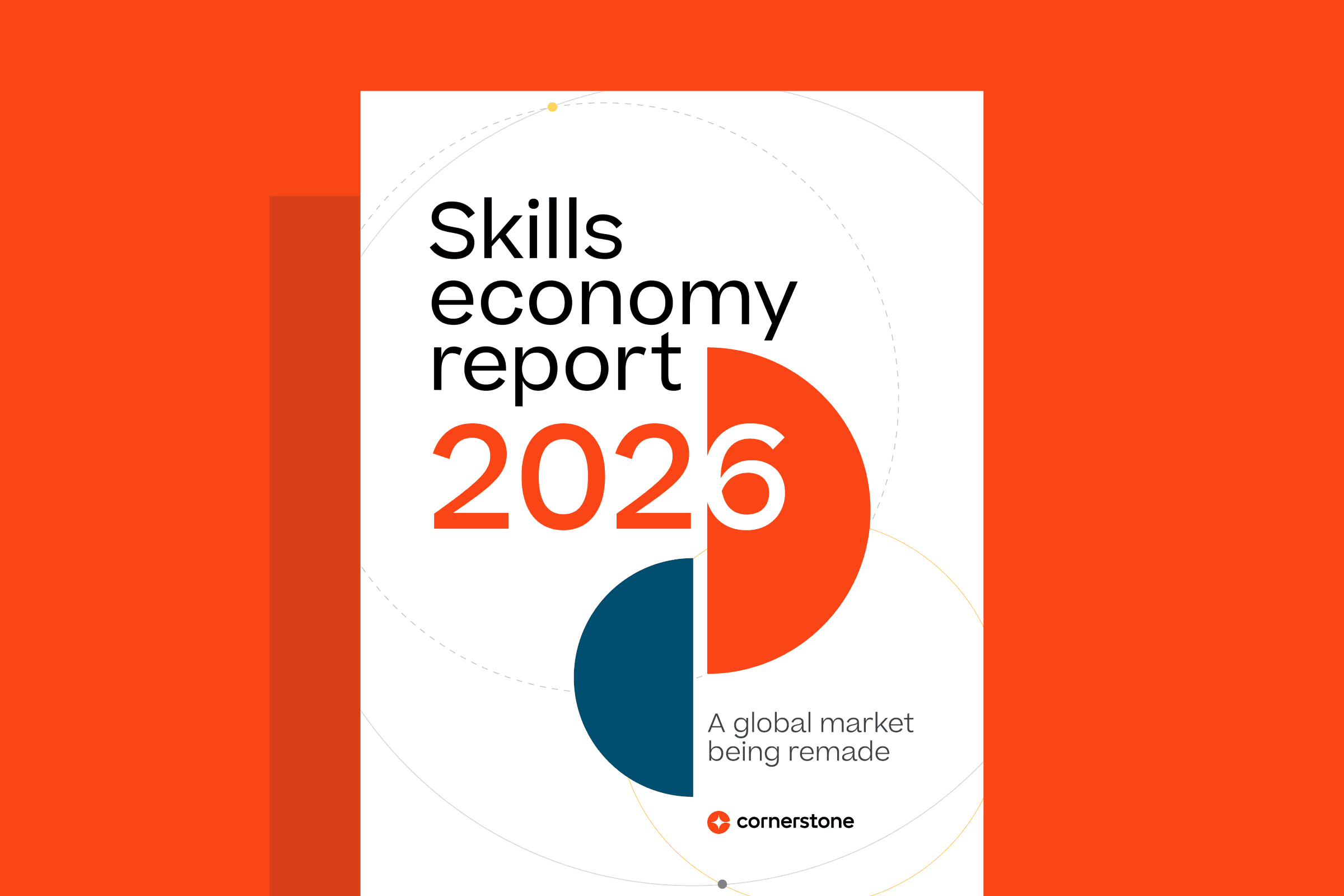Whether you're in a stockroom, a fast food chain or even a bank, it's not uncommon today to encounter robots doing jobs that humans once did. In fact, tech research firm Business Intelligence estimates that the market for corporate and consumer robots will grow to $1.5 billion by 2019. While this development is exciting, it also drives the debate of whether or not intelligent machinery will challenge the role of human workers.
On one hand, there's the viable concern that increased automation will replace future jobs. Boston Consulting Group predicts that up to 25 percent of jobs will be replaced by smart software or robots by 2025.
Others believe that machines are more likely to augment jobs rather than replace them entirely. In fact, technology-supported workers are already a common sight in many industries: iPads provide construction workers with blueprints, 3D printers make patterns for prosthetic devices and drones help farmers monitor seed count and nitrate levels.
We spoke with Patrick McHugh, policy analyst at the North Carolina Budget and Tax Center, to find out how jobs will need to transform to make way for technological changes, and how both the government and companies can prepare for the future of work.
How has technological innovation affected jobs over the past few years?
We are watching the domain of mechanical or machine-aided work extend much further into the realm of what has typically been seen as human labor. We are now in a world where we are replacing cognitive labor with sophisticated algorithms and nimble robotics. The question is whether we will create enough new jobs and professions to replace what is being taken over by machines.
"We are seeing automation, but virtually none of that gain in productivity is turning into increased wages, which is a real problem."
The huge wave of automation that happened in the 1960s and early 1970s didn't lead to massive unemployment—in fact, it went in the opposite direction. As machines spread across factory floors and offices, workers got more productive and saw their paychecks grow accordingly, which fueled a boom in consumer spending that more than made up for the jobs that factory and office technology was taking over. Now, we are seeing automation, but virtually none of that gain in productivity is turning into increased wages, which is a real problem. If wages and income for most consumers don't grow, there won't be enough demand to replace the jobs that are being consumed by technology.
How can policy create a better environment for future jobs, particularly in the gig economy?
Very few of our systems are designed to work effectively when we are in the position of say, an Uber driver. As technology allows more fluid and temporary contractual relationships instead of traditional employment, most of the ways that we protect workers in the United States will have to be updated. Healthcare, retirement, unemployment insurance and workplace safety requirements are all mostly organized around a codified employer-employee relationship, which often doesn't exist in the gig economy.
If we take a hands-off approach, technology could make many workers lives more uncertain and insecure. However, if we get the policy right, we can be in much better shape.
How can companies prepare today for changes in the future of work?
Some of it is putting pressure on the political environment to take change seriously. It is also central to deepen relationships between companies and training providers, such as community colleges.
"It is reasonable to expect that we have to retool our understanding of the education system to match a world where everyone needs to continually update his or her skills."
It is reasonable to expect that we have to retool our understanding of the education system to match a world where everyone needs to continually update his or her skills. What someone got trained for at 18 won't be what the market demands when they are in their 40s. What we traditionally see as continuing or remedial education will move into lifelong learning to stay active in the job market.
What types of public solutions would be helpful for the future of work?
Both at the state and federal level, we need to make sure work pays a living wage. We have to look at minimum wage laws and income tax credit or income support. If we get reasonable wage and income growth for most folks, we can expect consumer demand to make up for what we are losing to machines.
"We are going to have to contemplate a future where moving from job to job is not an exception, but a normal course of action."
Unemployment insurance no longer offers the bridge to the next job. Beyond the immediate limitations we are going to have to contemplate a future where moving from job to job is not an exception, but a normal course of action. We need to find a way for people who don't have a traditional employment arrangement to have a safety net of some sort.
Photo: Twenty20


